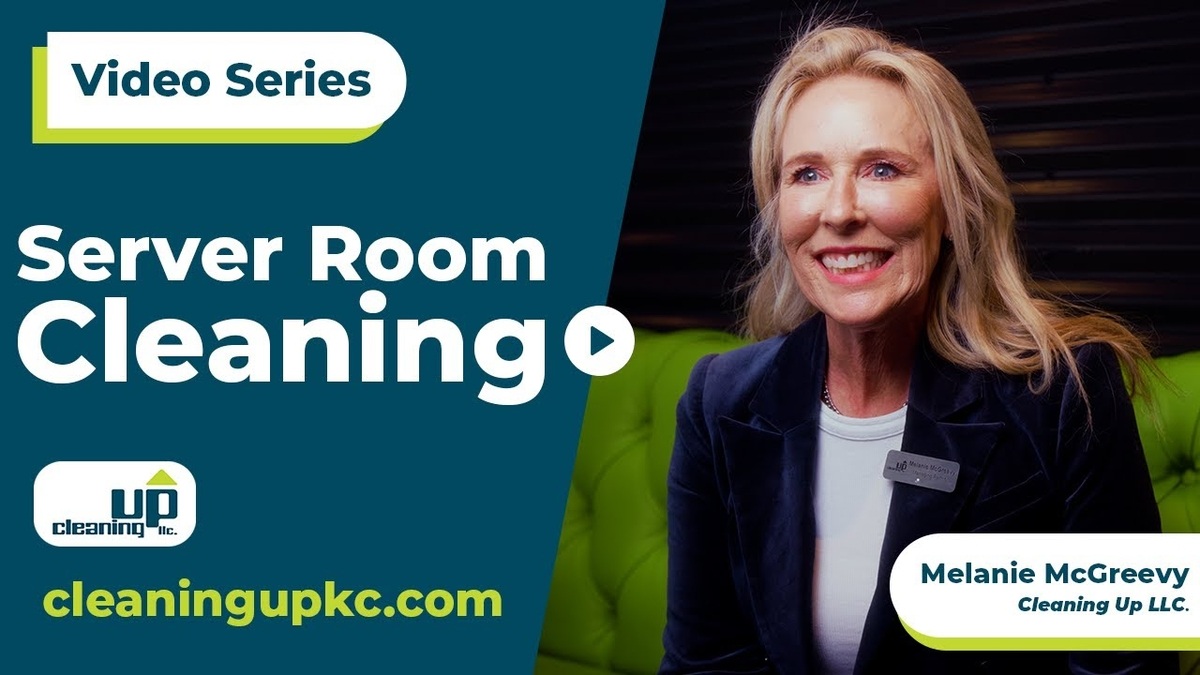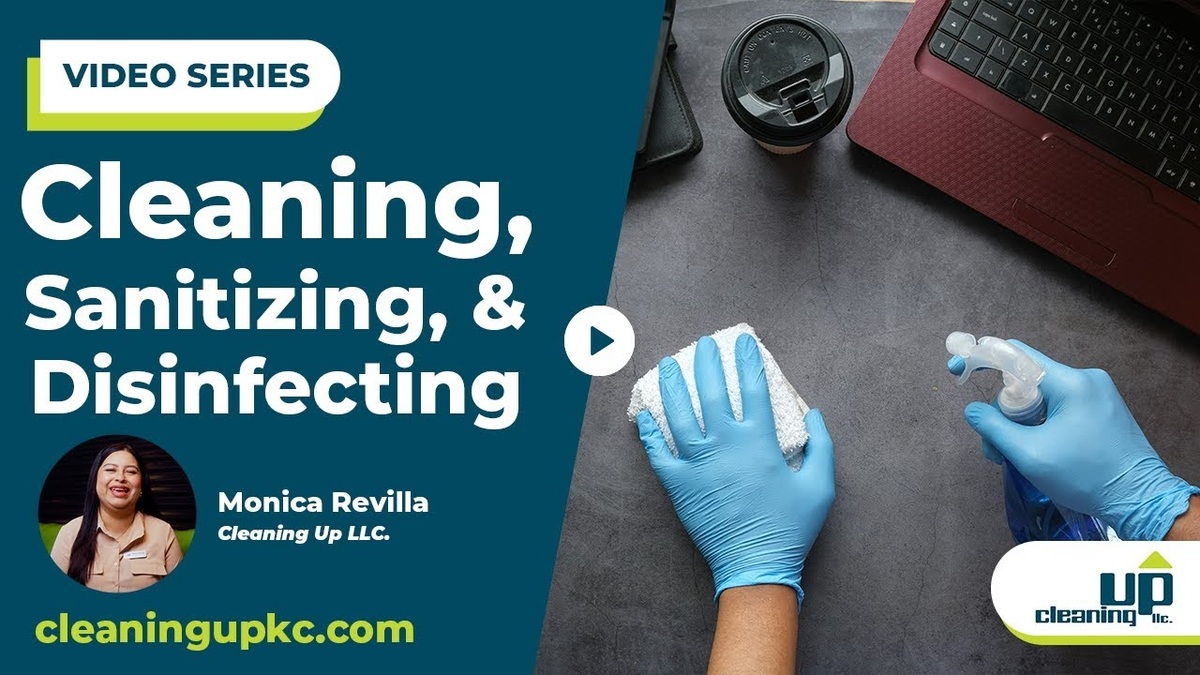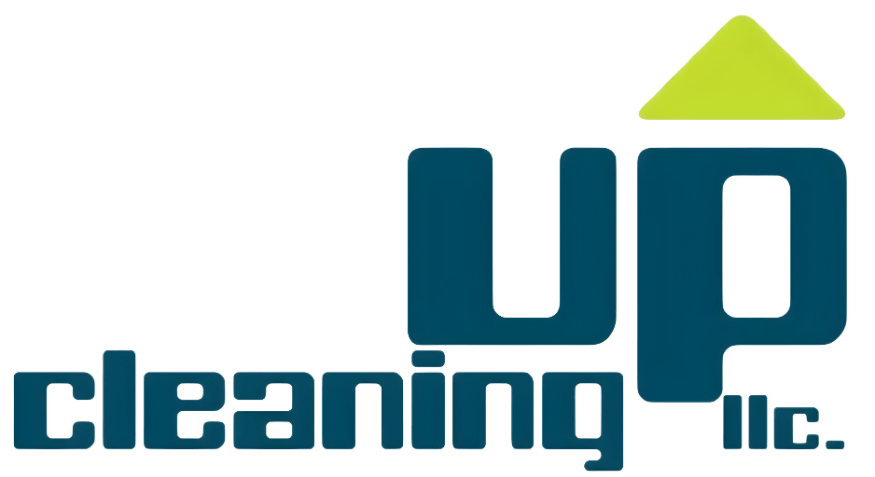Power washing and pressure washing both use high-pressure water to clean exterior surfaces. The main difference is that power washing uses heated water.
This temperature change affects how well each method handles certain jobs. Power washing is often used for oil or mildew, while pressure washing is used for general dirt and debris. Knowing which method to use depends on the surface type and the type of buildup you need to remove.
What’s the Difference Between Power Washing and Pressure Washing?
Quick Comparison Table
|
Feature |
Power Washing |
Pressure Washing |
|
Water Temperature |
Uses hot water |
Uses cold water |
|
Cleaning Strength |
Higher (due to heat) |
Strong, but no heat |
|
Common Uses |
Oil stains, mildew |
Dirt, dust, debris |
| Risk of Surface Damage |
Higher on soft surfaces |
Lower if done properly |
Temperature, Tools, and Technique Differences
Power washing uses heated water along with pressure, which helps break down tough grime, oil, or mildew. Pressure washing uses only cold water but still cleans well for most household needs. The equipment may look similar, but power washers include a heating element.
Surface Suitability for Each Method
If you’re cleaning something durable like concrete or brick with oil stains, hot water helps. But for softer materials like wood or siding, pressure washing is usually safer.
What Is Pressure Washing?
How Pressure Washing Works
We use a machine that sprays water at high pressure to blast away dirt, mold, and grime. There’s no heat involved, just water and pressure. We control the nozzle and distance to avoid damage.
Common Uses for Pressure Washing
- Home siding
- Fences
- Wooden decks
- Walkways
- Outdoor furniture
It’s a great option for general upkeep or after a storm leaves behind mud or debris.
What Are the Pros and Cons of Pressure Washing?
Pressure Washing Advantages
- Easy to use on most surfaces
- Doesn’t require heat
- Lower cost than power washing
- Can be done more often for regular upkeep
Pressure Washing Limitations
- Not as effective on grease or oil
- May take longer on heavily stained areas
- Still requires careful handling to avoid damage
What Is Power Washing?
How Power Washing Works
Power washing uses the same high-pressure system, but it heats the water first. That heat helps break down heavy buildup and kill mildew or algae faster.
Best Uses for Power Washing
- Concrete driveways with oil stains
- Garage floors
- Stone patios
- Brick retaining walls with moss or mold
What Are the Pros and Cons of Power Washing?
Power Washing Benefits
- Removes deep stains more easily
- Works better on greasy or oily surfaces
- Faster cleaning for hard surfaces
Power Washing Limitations
- Can damage softer surfaces like wood or vinyl
- Higher cost due to added heat
- Not always needed for regular cleanings
When to Use Power Washing vs. Pressure Washing
Best Situations for Power Washing
Use power washing when you’re dealing with grease, deep stains, or heavy mildew. Hot water speeds up cleaning and makes it easier to remove stuck-on buildup.
Best Situations for Pressure Washing
Pressure washing is best for regular cleaning of siding, decks, and outdoor areas. It’s safe, effective, and easier on delicate materials.
Can You Use Them Interchangeably?
Not always. We choose the right method based on the material and level of dirt. Using the wrong method can damage surfaces or leave results that don’t last.
Cleaning Concrete: Tips for Both Methods
Choose the Right Nozzle and Pressure
Use a wide-angle nozzle for light work and a narrow one for deeper cleaning. We always test on a small area first.
Clean at a Consistent Angle
Holding the wand at a steady angle helps clean evenly and avoid streaks.
Pre-treat Heavy Stains
For oil or grease, a cleaner made for concrete can help loosen stains before using the washer.
Don’t Skip the Rinse
Always rinse off cleaning solutions fully to avoid streaks or residue.
Know When to Call a Pro
If you’re unsure what method to use or see signs of surface damage, we’re happy to help.
Does Pressure Washing Require Insurance or a License?
What Homeowners Should Know
If you’re hiring a cleaning company, ask if they carry liability insurance and workers’ comp. A professional with the right coverage protects your property and your wallet.
When Hiring a Pro, Check These Boxes
- Are they insured?
- Do they have the right equipment for your surface?
- Can they explain what method they’ll use and why?
Is One Better Than the Other?
Cost Comparison
Pressure washing is generally cheaper since it doesn’t require heated water. Power washing costs more, but can clean deeper and faster when needed.
Efficiency Comparison
Power washing works faster on thick buildup. But for regular dirt and grime, pressure washing gets the job done just fine.
Which Is Safer for DIY?
Pressure washing is safer for homeowners, but you still need to be careful. Always wear protective gear and read the equipment manual.
Final Recommendation
We always choose the method that gives the best results with the least risk. If you’re not sure which one your project needs, give us a call.
Summary: Key Differences at a Glance
|
Feature |
Power Washing | Pressure Washing |
|
Water Temp |
Hot |
Cold |
| Best For |
Stains, oil |
Dirt, surfaces |
|
Cost |
Higher |
Lower |
|
Surface Risk |
Higher |
Lower |
Final Thoughts
Both power washing and pressure washing are effective for cleaning outdoor surfaces, but they serve different purposes. Power washing is better for tougher jobs that involve grease, oil, or mildew, thanks to the use of hot water. Pressure washing works well for routine cleaning of siding, decks, and walkways.
We always recommend choosing the method based on the surface and the type of dirt or buildup. If you’re unsure which one is right for your business, it’s best to talk to a professional before starting. Contact us today.






